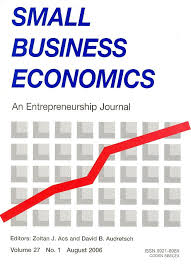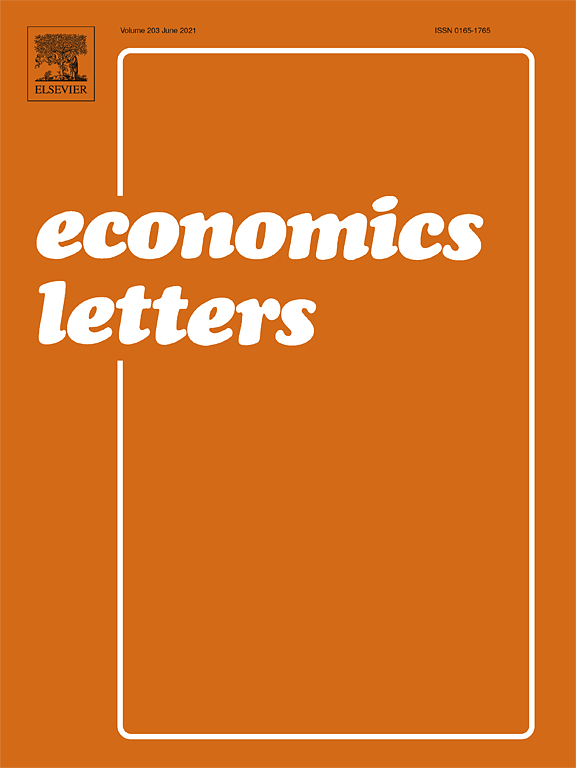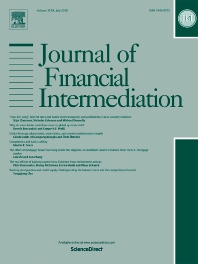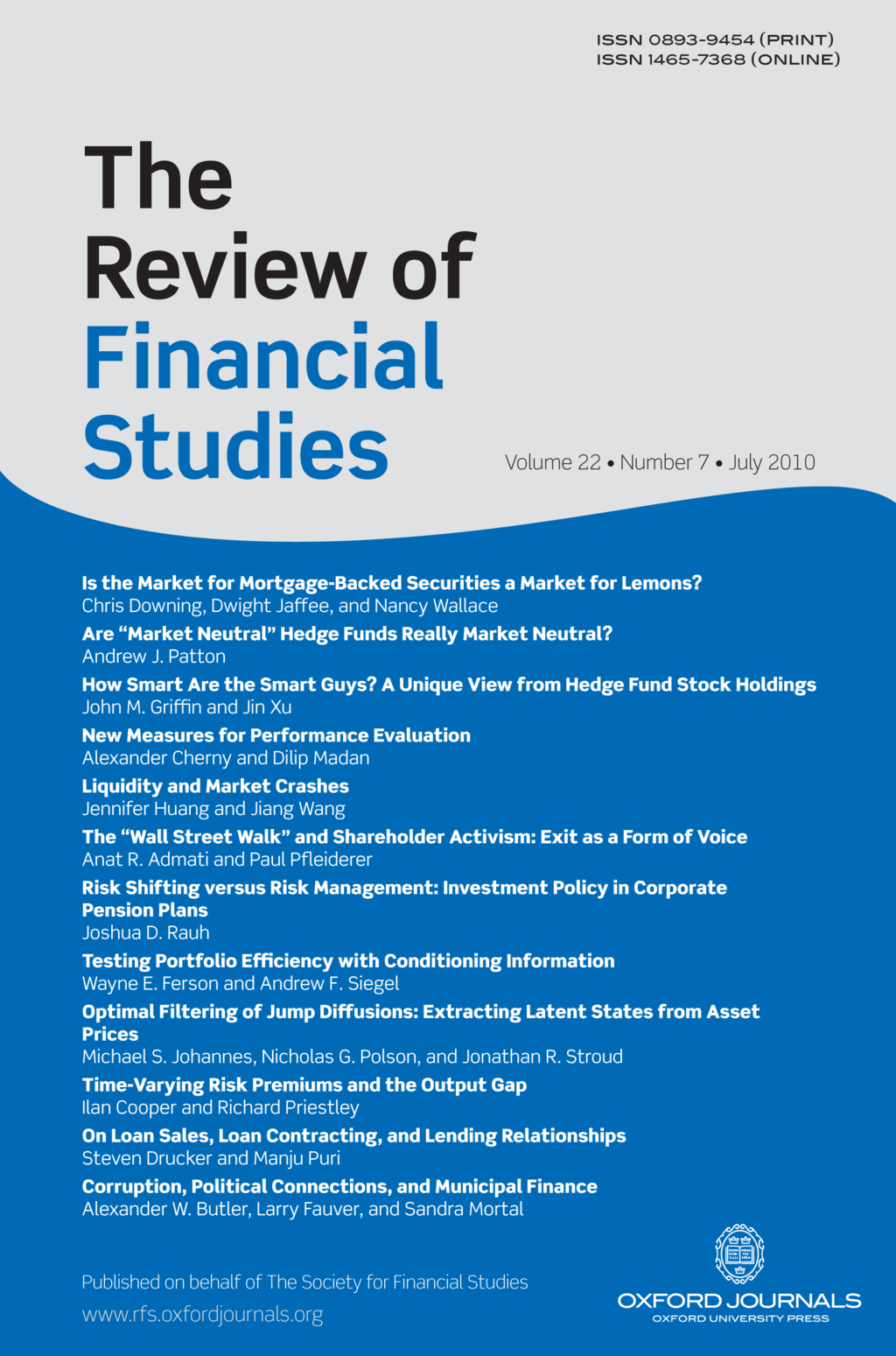Financial System Adaptability and Resilience
This research group investigates critical aspects of financial system adaptability and resilience. First, it analyses the impact of natural disasters on financial systems. Second, the group aims to investigate the effects of political preferences for the green transition. Third, the group's research analyses the role of culture in economies.
Research Cluster
Financial Resilience and RegulationYour contact

Mitglied - Department Financial Markets
EXTERNAL FUNDING
07.2016 ‐ 12.2018
Relationship Lenders and Unorthodox Monetary Policy: Investment, Employment, and Resource Reallocation Effects
Leibniz Association
We combine a number of unique and proprietary data sources to measure the impact of relationship lenders and unconventional monetary policy during and after the European sovereign debt crisis on the real economy. Establishing systematic links between different research data centers (Forschungsdatenzentren, FDZ) and central banks with detailed micro-level information on both financial and real activity is the stand-alone proposition of our proposal. The main objective is to permit the identification of causal effects, or their absence, regarding which policies were conducive to mitigate financial shocks and stimulate real economic activities, such as employment, investment, or the closure of plants.
01.2015 ‐ 12.2019
Interactions between Bank-specific Risk and Macroeconomic Performance
German Research Foundation (DFG)
Refereed Publications
Credit Allocation and Value Creation of Banks: The Impact of Relationship Banking in Normal and Crisis-times
in: Revue d'économie financière, No. 106, 2012
Abstract
In this paper we review the literature on credit allocation and value creation of banks. We focus on relationship banking that occurs when a bank and a borrower engage into multiple interactions and when both parties invest in obtaining some counterparty specific information. We summarize how relationship banking generates costs and benefits for both firms and banks, but argue that on average it generates value for both of them. The impact however hinges substantially on whether we are in normal times versus crisis times. We further discuss how credit allocation as measured by industry specialization impacts firms and banks. At last we review the recent literature on securitization and relationship banking to study how securitization impacts the effects of relationship banking.

The Impact of Firm and Industry Characteristics on Small Firms’ Capital Structure
in: Small Business Economics, No. 4, 2012
Abstract
We study the impact of firm and industry characteristics on small firms’ capital structure, employing a proprietary database containing financial statements of Dutch small and medium-sized enterprises (SMEs) from 2003 to 2005. The firm characteristics suggest that the capital structure decision is consistent with the pecking-order theory: Dutch SMEs use profits to reduce their debt level, and growing firms increase their debt position since they need more funds. We further document that profits reduce in particular short-term debt, whereas growth increases long-term debt. We also find that inter- and intra-industry effects are important in explaining small firms’ capital structure. Industries exhibit different average debt levels, which is in line with the trade-off theory. Furthermore, there is substantial intra-industry heterogeneity, showing that the degree of industry competition, the degree of agency conflicts, and the heterogeneity in employed technology are also important drivers of capital structure.

Enhancing Market Power by Reducing Switching Costs
in: Economics Letters, No. 3, 2012
Abstract
A proportional decrease in switching costs increases competition and social welfare. However, a lump-sum decrease in switching costs softens competition and does not invariably increase social welfare.

Rules versus Discretion in Loan Rate Setting
in: Journal of Financial Intermediation, No. 4, 2011
Abstract
Loan rates for seemingly identical borrowers often exhibit substantial dispersion. This paper investigates the determinants of the dispersion in interest rates on loans granted by banks to small and medium sized enterprises. We associate this dispersion with the loan officers’ use of “discretion” in the loan rate setting process. We find that “discretion” is most important if: (i) loans are small and unsecured; (ii) firms are small and opaque; (iii) the firm operates in a large and highly concentrated banking market; and (iv) the firm is distantly located from the lender. Consistent with the proliferation of information-technologies in the banking industry, we find a decreasing role for “discretion” over time in the provision of small credits to opaque firms. While widely used in the pricing of loans, “discretion” plays only a minor role in the decisions to grant loans.

Staying, Dropping, or Switching: The Impacts of Bank Mergers on Small Firms
in: Review of Financial Studies, No. 4, 2011
Abstract
Assessing the impacts of bank mergers on small firms requires separating borrowers with single versus multiple banking relationships and distinguishing the three alternatives of “staying,” “dropping,” and “switching” of relationships. Single-relationship borrowers who “switch” to another bank following a merger will be less harmed than those whose relationship is “dropped” and not replaced. Using Belgian data, we find that single-relationship borrowers of target banks are more likely than other borrowers to be dropped. We track postmerger performance and show that many dropped target-bank borrowers are harmed by the merger. Multiple-relationship borrowers are less harmed, as they can better hedge against relationship discontinuations.
Working Papers

Corporate Governance Structures and Financial Constraints in Multinational Enterprises – An Analysis in Selected European Transition Economies on the Basis of the IWH FDI Micro Database 2013 –
in: IWH Discussion Papers, No. 3, 2015
Abstract
In our analysis, we consider the distribution of decision power over financing and investment between MNEs’ headquarters and foreign subsidiaries and its influence on the foreign affiliates’ financial restrictions. Our research results show that headquarters of multinational enterprises have not (yet) moved much decision power to their foreign subsidiaries at all. We use data from the IWH FDI Micro Database which contains information on corporate governance structures and financial restrictions of 609 enterprises with a foreign investor in Hungary, Poland, the Czech Republic, Slovakia, Romania and East Germany. We match data from Bureau van Dijk’s AMADEUS database on financial characteristics. We find that a high concentration of decision power within the MNE’s headquarter implicates high financial restrictions within the subsidiary. Square term results show, however, that the effect of financial constraints within the subsidiary decreases and finally turns insignificant when decision power moves from headquarter to subsidiary. Thus, economic policy should encourage foreign investors in the case of foreign acquisition of local enterprises to leave decision power within the enterprise and in the case of Greenfield investment to provide the newly established subsidiaries with as much power over corporate governance structures as possible.


















